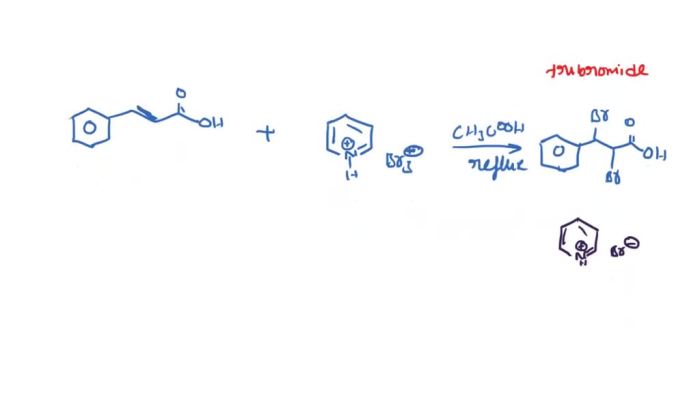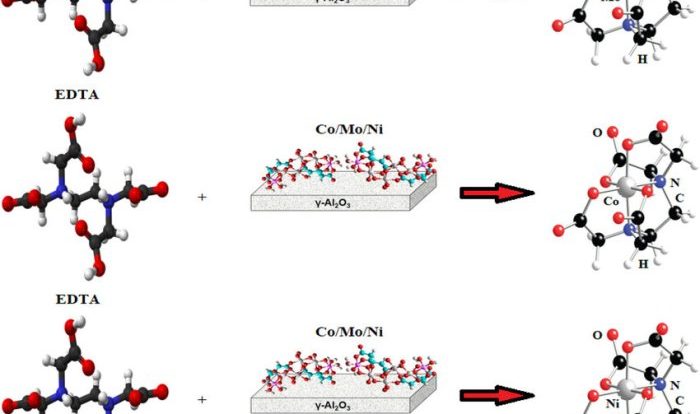Welcome to the comprehensive chemistry gas laws worksheet answer key, your ultimate resource for understanding the fundamental principles governing the behavior of gases. This guide provides a thorough overview of Boyle’s Law, Charles’s Law, Gay-Lussac’s Law, the Combined Gas Law, and the Ideal Gas Law, empowering you with a deep understanding of gas behavior in various scenarios.
Throughout this guide, we will delve into the historical significance and applications of gas laws, exploring their impact on scientific advancements and technological innovations. We will also uncover the intricate relationships between pressure, volume, temperature, and the number of moles, equipping you with the knowledge to solve complex gas law problems.
Overview of Chemistry Gas Laws: Chemistry Gas Laws Worksheet Answer Key
Gas laws are a set of principles that describe the behavior of gases under various conditions. These laws provide a fundamental understanding of the relationships between pressure, volume, temperature, and the number of moles of a gas. Gas laws have played a significant role in the development of chemistry and have numerous applications in fields such as engineering, medicine, and environmental science.
Boyle’s Law
Boyle’s Law states that the pressure of a gas is inversely proportional to its volume at constant temperature. This means that as the volume of a gas increases, its pressure decreases, and vice versa. This relationship can be expressed mathematically as P₁V₁ = P₂V₂, where P₁ and V₁ represent the initial pressure and volume, and P₂ and V₂ represent the final pressure and volume.
- Example:If a gas has a volume of 2 liters at a pressure of 10 atm, then its volume will increase to 4 liters if the pressure is reduced to 5 atm.
Charles’s Law
Charles’s Law states that the volume of a gas is directly proportional to its absolute temperature at constant pressure. This means that as the temperature of a gas increases, its volume also increases, and vice versa. This relationship can be expressed mathematically as V₁/T₁ = V₂/T₂, where V₁ and T₁ represent the initial volume and temperature, and V₂ and T₂ represent the final volume and temperature.
- Example:If a gas has a volume of 1 liter at a temperature of 273 K, then its volume will increase to 2 liters if the temperature is increased to 546 K.
Gay-Lussac’s Law
Gay-Lussac’s Law states that the pressure of a gas is directly proportional to its absolute temperature at constant volume. This means that as the temperature of a gas increases, its pressure also increases, and vice versa. This relationship can be expressed mathematically as P₁/T₁ = P₂/T₂, where P₁ and T₁ represent the initial pressure and temperature, and P₂ and T₂ represent the final pressure and temperature.
- Example:If a gas has a pressure of 1 atm at a temperature of 273 K, then its pressure will increase to 2 atm if the temperature is increased to 546 K.
Combined Gas Law
The combined gas law combines Boyle’s Law, Charles’s Law, and Gay-Lussac’s Law into a single equation that relates pressure, volume, and temperature of a gas. The combined gas law can be expressed mathematically as (P₁V₁)/T₁ = (P₂V₂)/T₂.
- Example:If a gas has a pressure of 1 atm, a volume of 1 liter, and a temperature of 273 K, then its pressure will increase to 2 atm, its volume will increase to 2 liters, and its temperature will increase to 546 K.
Ideal Gas Law
The ideal gas law is a more general equation that describes the behavior of gases under a wider range of conditions. The ideal gas law can be expressed mathematically as PV = nRT, where P is the pressure, V is the volume, n is the number of moles, R is the ideal gas constant, and T is the temperature.
The ideal gas law assumes that gas particles are point masses with no interactions between them.
- Example:If a gas has a pressure of 1 atm, a volume of 1 liter, a number of moles of 1, and a temperature of 273 K, then its pressure will increase to 2 atm if the volume is decreased to 0.5 liters.
User Queries
What is Boyle’s Law?
Boyle’s Law describes the inverse relationship between the pressure and volume of a gas at constant temperature.
How does Charles’s Law relate temperature and volume?
Charles’s Law states that the volume of a gas is directly proportional to its absolute temperature at constant pressure.
What is the significance of the Combined Gas Law?
The Combined Gas Law combines Boyle’s Law and Charles’s Law to describe the relationship between pressure, volume, and temperature of a gas.



